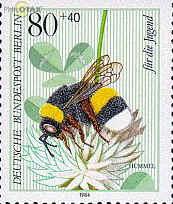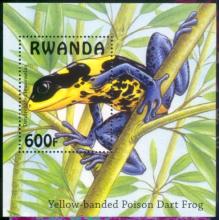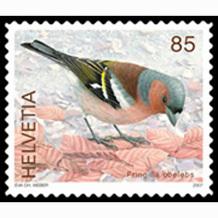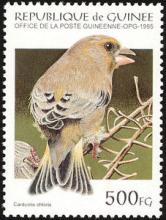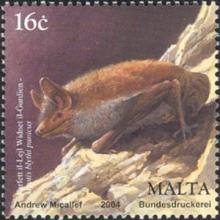Ladybird facing same fate as honey bee?
- Read more about Ladybird facing same fate as honey bee?
- Log in to post comments
A newly published atlas which maps all 47 different ladybirds in Ireland and Britain reveals that, in the UK, 10 species of the speckled insect have been decreasing in the past 20 years. Dr Helen Roy, from the Centre for Ecology and Hydrology (CEH) and one of the authors of the atlas, the result of a six-year research project, said: “What's quite striking is that in the same way as butterflies and moths have seen very common species going into decline, we're seeing the same happen with ladybirds. They are telling us there are changes going up through the food chain. Ladybirds can be used as indicators of wider changes in our environment.”




